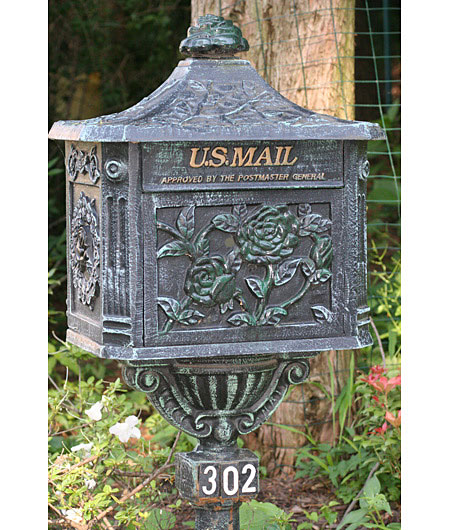 Setting up mailboxes is quite easy on both Series 60 and Series 40 phones.
Setting up mailboxes is quite easy on both Series 60 and Series 40 phones.
On a Series 60 device, you can just launch the Messaging application and choose the Options > Settings > Email > Mailboxes menu. Then you can select and edit any existing email message in the Inbox. Or, you can use the Options > New mailbox menu item to create a new mailbox for an email account. The Messaging application's main screen lists the phone's native Inbox (for receiving SMS and MMS messages) as well as all configured mailboxes. Email messages are pulled into the mailboxes, not into the native Inbox. The Options > Settings > Email > Mailbox in use menu item points to the default mailbox to use when sending email messages.
A Series 40 phone can hold 520 mailboxes (i.e., email accounts). You can activate a mailbox via the menu path Messages > Message settings > Email messages > Active email settings (or via Messages > Email > Setting > Mailbox in use for older phones). The email Inbox (in Messages > Email > Inbox) on the phone retrieves messages from the currently active mailbox, and all outgoing email messages are sent via the SMTP server in the active mailbox. To edit the settings for a mailbox, you need to first activate it and then select the "Edit active email settings" (or "Edit active mailbox") menu in the email settings screen.
In the mailbox settings screen for both Series 60 and Series 40 phones, you need to enter the following information:
- Your email address
- An SMTP server address and its access credentials
- A POP/IMAP server and its access credentials
- The data access point to connect to the email servers
The SMTP server and POP/IMAP server share the same GPRS access point and the same username/password. Some devices (e.g., the Nokia 6230 phone in Series 40) allow you to specify a different GPRS access point, and a different username/password for the SMTP server and the POP/IMAP server, respectively. Many phones also support the Authenticated POP (APOP) protocol to retrieve messages. Under APOP, the user-name and password are sent in encrypted format to the POP server. APOP provides protection against network sniffers that intercept clear-text passwords.





No comments:
Post a Comment